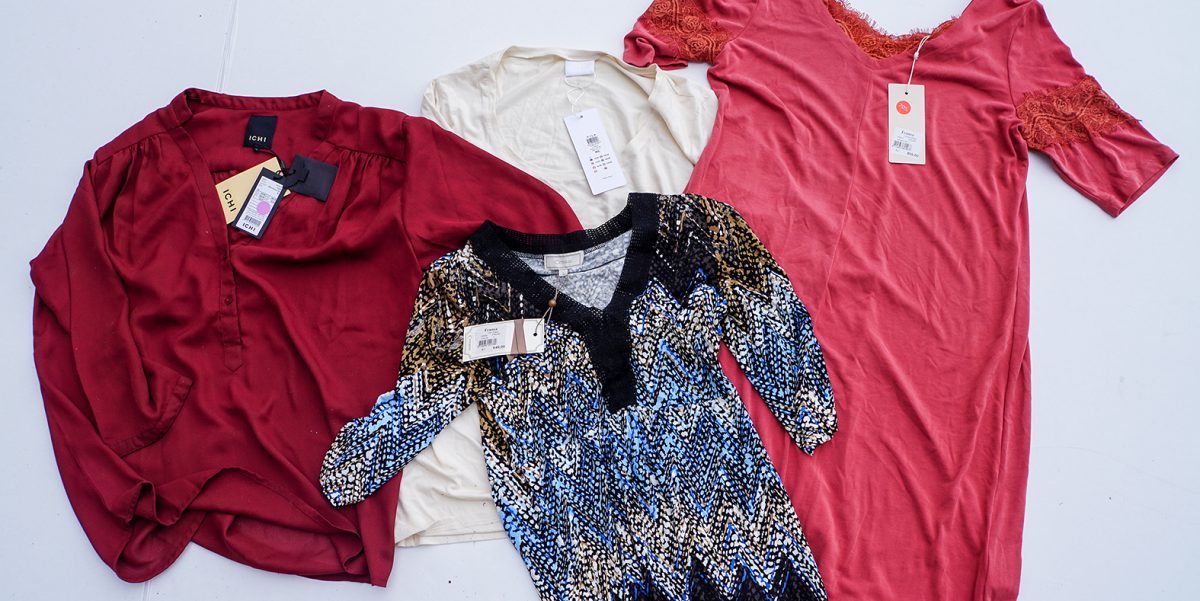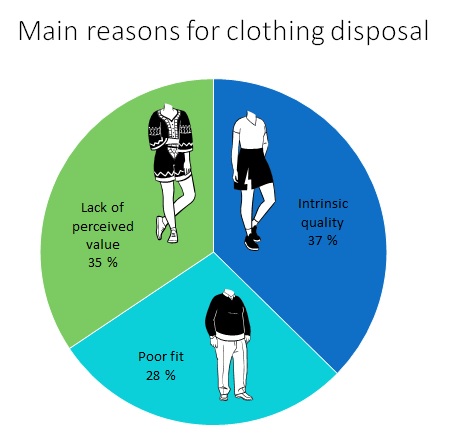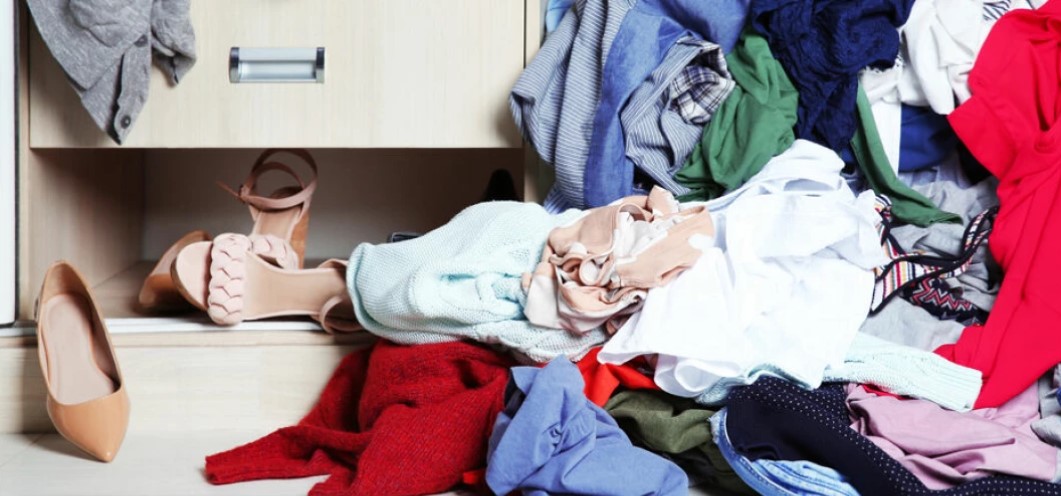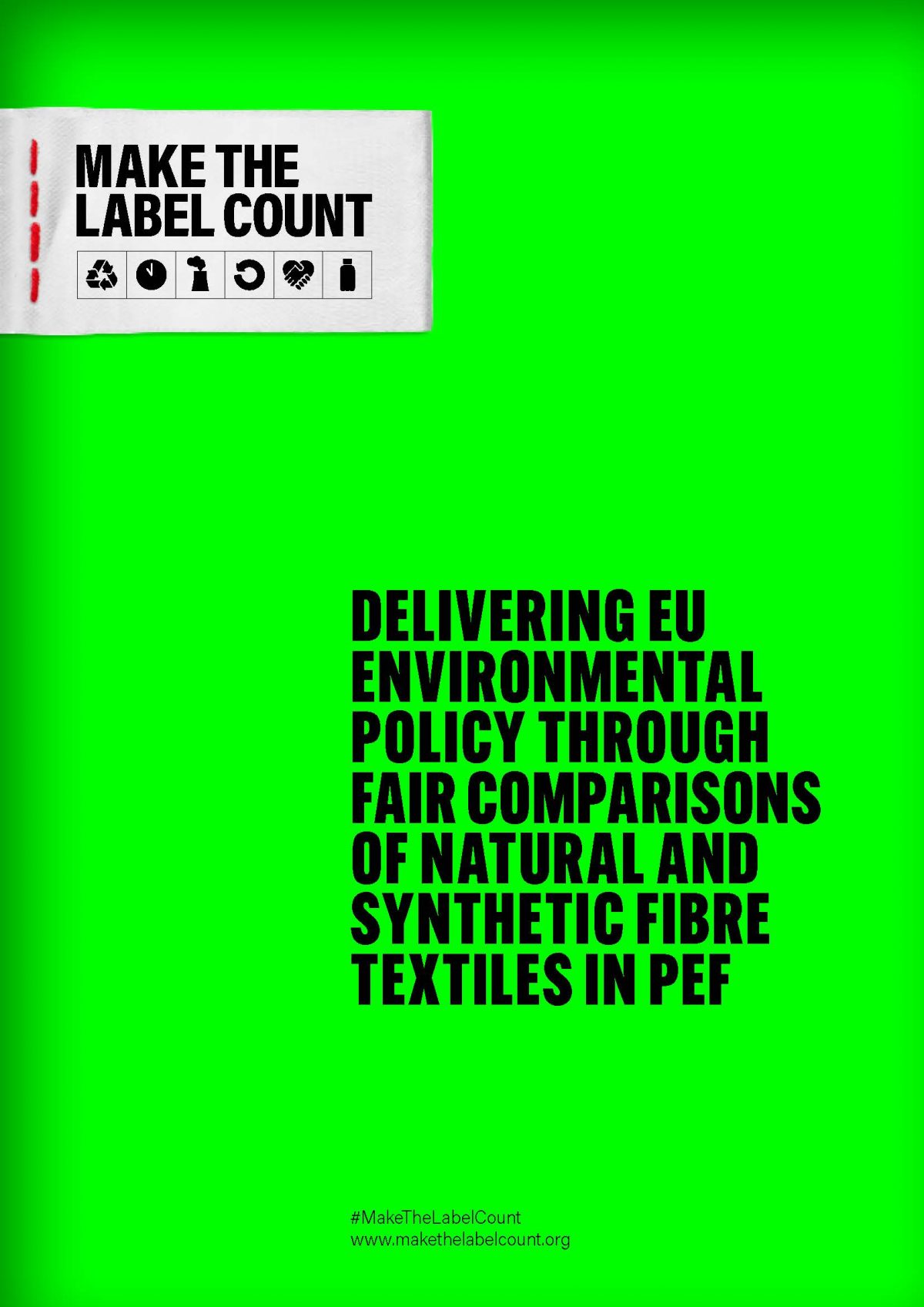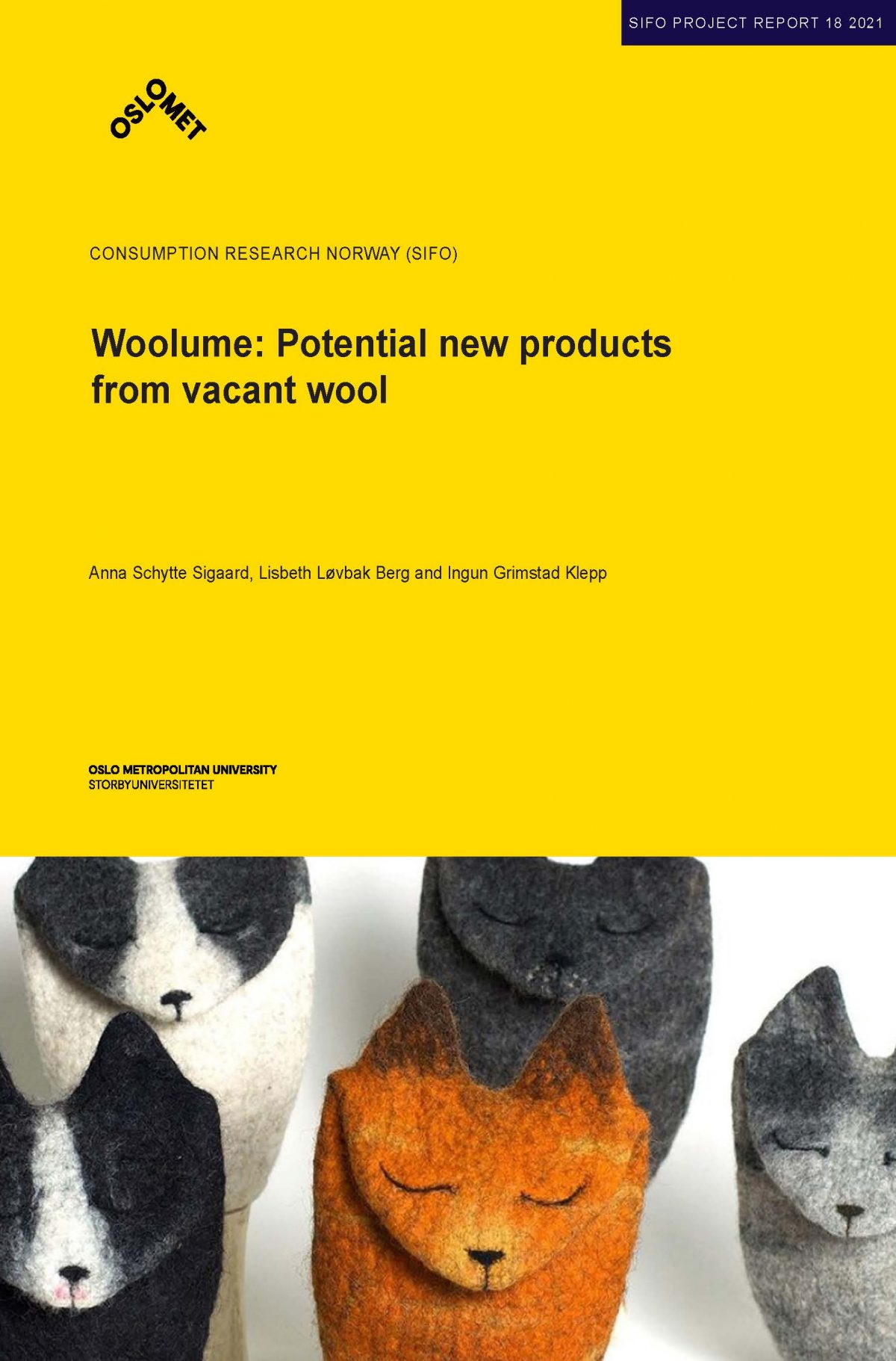A functioning ‘functional unit’?
Ingun Grimstad Klepp and Tone Skårdal Tobiasson
What on earth is the functional unit of a winter coat, t-shirt, a warm sweater… or a pair of boots?
For LCA-based tools and category rules, there is a central idea of a “functional unit”. How this will function in the ongoing work with EU’s PEFCR (Product Environmental Footprint Category Rules), is based on the number of days of “usability”. Let’s explore what this means.
Before we embark on this commentary, please be advised: The authors live in a climate that is cold and increasingly wet with very volatile climatic changes, they love wool and they like to provoke. As the warning has been issued, proceed with caution.
A “functional unit” is most often described for paint. It is not the liter of paint that has an environmental impact to be reconned with, it is, however, a painted wall one year that is the “functional unit”. With a “good” paint as opposed to a “less good” paint you can paint less often and therefore you need less. The functional unit, is what the paint is supposed to do, keep the walls protected and good looking for a certain period of time. This is at the very core of a life cycle assessment. It defines what the environmental footprint is. So far so good. Let’s then move on to apparel.
The reason why we are asking the question in the headline, was one of the drearier days in Oslo before Christmas. We had had several days of cold, snowy weather and there was a sudden change. Plus degrees and salted streets and sidewalks resulted in a cesspool of water and slush. Tone had made the mistake (she lives on a hill, where the weather is colder) of wearing her wool boots downtown. Ingun, who also lives on higher ground, had on the other hand, donned her new, lined rubber boots bought at a flea market. As the two of us emerged from the offices of Consumption Norway into the debacle of sidewalks and streets, Tone realized her new wool boots could risk a “functional unit” melt-down. They risked having to be replaced after only five, six days of use.
And how was this supposed to be computed by the LCA calculations? In the technical secretariat for PEFCR for apparel, this is now being done by projecting, making assumptions on how often something will be and can be used, but not on actual real-life use. But projecting the weather fluctuations as a result of global warming, which is also extreme cold periods, where the norm is “unnormal”, is not part of looking into the crystal ball. Also, increasing heating costs are resulting in people’s real need for much warmer clothes, also in-doors, to save on their energy bill. Projected in the crystal ball? Most probably not. Likewise, during summer, with extreme temperatures, the need to turn down air-conditioners will be another issue related to the on-going energy-crisis.
Let’s get back to textiles.
In the Higg MSI there are few parameters, but they skew so that synthetics come out better. Yes, SAC keeps insisting that synthetics and natural fibers shouldn’t be compared, but for anyone who has had access to the numbers associated with the MSI, it is blatantly obvious that a person who uses the tool will be over-taken by the gaming-gene and play around with getting the best score possible, which will give synthetics a heads up.
But what then about the PEFCR? Here gaming won’t be an option. But comparing to a base-line product will. For example, a base-line winter coat. But what is the functional unit of a winter coat? In PEFCR it is 100 days of “usability”, but in Los Angeles this will mean a double-digit number of years, close to 30? In LA, a wonderful and warm winter coat will be worn maybe one or two days during a year – while in Tromsø, Norway’s most northern city, it can serve a purpose from late September until May. In other words, the coat is presumed to last somewhere between 30 and 100 years in one case (LA) and less than a year in the other case (Tromsø).
Looking at regions where a product ends up, for assigning a score, was recently launched by Intersport’s Ben Blischke during Performance Days in Munich, but for a completely different reason. As he was more concerned with end-of-life, he wanted a score associated with waste handling, which differs widely from region to region. We’ll come back to waste-handling, however, there are other issues with “days of use” in the PEFCR. We will assume a number of the readers are “suits”. You work in offices, and your functional unit of dress is a suit of some kind – a man’s or woman’s suit. Enter the Pandemic. Home-officing. Onesies. Comfort. Exit the tie. Even exit the suit as such. Hugo Boss has recently launched a knitted suit, that takes the user from formal (office) to casual (home) wear. This suit – potentially worn all day rather than just during work hours and then exchanged with trainers and a sweater when Hugo returns home… means a need for less clothes. So how would this “function” be computed in PEFCR?
What are clothes supposed to DO for us? Let’s take a step back, and explore this. They need to protect us from unwanted scrutiny of our bodies, keep us warm, enable us to move around, keep us cool, dry, or even alive. The point is that apparel’s function is in constant flux. In Tromsø or Oslo this is obvious when the weather changes from day to day, and what boots to wear can changed on a daily basis. And you actually need several pairs to survive. Literally. Or just to feel well dressed, on a winter day? Arriving at the office in very heavy winter or rubber boots won’t get you through the office-day, while a nice pair of fashion boots would. But if you fall and break your hip bone because of your very fashionable, but slippery-soled boots… how functional was that unit?
Our clothes and our shoes, boots and accessories are judged by us every single day; when we get dressed. We make good choices, and bad. We learn and we fail, but it is not a labelling scheme based on LCAs that is going to ensure that we have good clothes that meet the weather, the energy bill, the social expectations, the changing mores of what is acceptable attire in different settings. Yes, there will be very physical issues such as pilling, abrasion, seams that burst, water-repellency AND warmth and cooling issues that some fibers meet more than others. But all these aspects cannot, by magic, be converted into number of days of use. Because some people live in LA, and others in Tromsø, and because what functions clothes deliver for us is so varied and complex.
We would therefore like to open up the discussion: Just how, is the technical secretariat for apparel handling this issue? Where global averages are the name of the game, giving us information that is at best so-so, but at the end of the day, completely meaningless.
Let’s get back to those pesky functional units.
One liter of paint on one wall that lasts so long.
The LCA community needs to figure out what a functional unit is for a winter coat beyond 100 days of use, depending on whose wardrobe it ends up in, and we need research to back this up. At Consumption Research Norway, Professor Klepp has worked with a research method called Wardrobe studies for 23 years, which offers key insights that have been shared with the technical secretariat, however, counting what actually counts, instead of what one can count (and particularly within LCA boundaries), is proving hard. Technical durability, measured in pilling-tests or fiber strength, are so far all the voting members have been able to agree on. But people don’t get rid of clothes because they “break”, or are “unrepairable”, only one third of clothing disposal happens for this reason. Where the clothes we dispose of end up (incinerated, in land-fill or donated to the Global South with extremely problematic waste handling) is certainly important, as Blischke pointed out. Most of all because of microplastics, which we all know is not included in any LCAs.
SAC had an idea that they could kick PEFCR into function based on the kindergarten-level LCAs that were available for apparel, that actually are not at all comparable between fibers, that say nothing meaningful about functional unit nor do they give the consumer what the consumer needs the most. Information that makes sense. Tone’s winter boots survived the cesspool of water and slush. She jumped a lot of puddles. So, let’s start looking at other ways of doing the math for apparel. The paint-one doesn’t work. We have an idea, which is rather than projecting into a crystal ball, looking backwards and using state of the art research to ascertain what actually has been used. And for how long. This is a much more powerful tool than PEF, in our view.
This op ed was originally published in EcoTextile News, but was recently removed for undisclosed reasons.
Click here to read an opinion piece on the same theme (sciencenorway.no)

